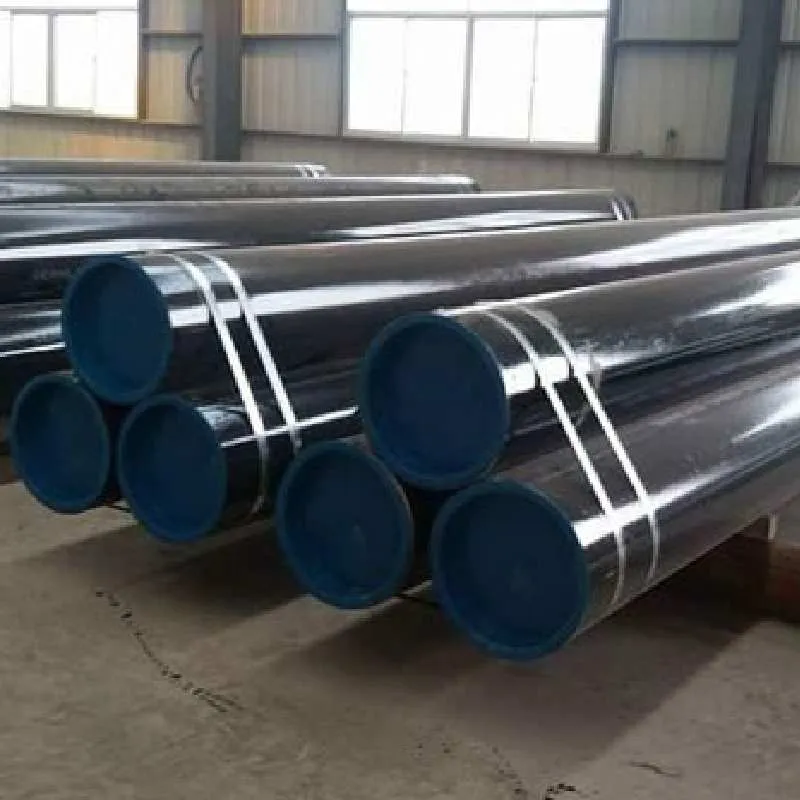-
Cangzhou Yulong Steel Co., Ltd.
-
Phone:
+86 13303177267 -
Email:
admin@ylsteelfittings.com
- English
- Arabic
- Italian
- Spanish
- Portuguese
- German
- kazakh
- Persian
- Greek
- French
- Russian
- Polish
- Thai
- Indonesian
- Vietnamese
- Zulu
- Korean
- Uzbek
- Hindi
- Serbian
- Malay
- Ukrainian
- Gujarati
- Haitian Creole
- hausa
- hawaiian
- Hebrew
- Miao
- Hungarian
- Icelandic
- igbo
- irish
- Japanese
- Javanese
- Kannada
- Khmer
- Rwandese
- Afrikaans
- Albanian
- Amharic
- Armenian
- Azerbaijani
- Basque
- Belarusian
- Bengali
- Bosnian
- Bulgarian
- Catalan
- Cebuano
- China
- China (Taiwan)
- Corsican
- Croatian
- Czech
- Danish
- Esperanto
- Estonian
- Finnish
- Frisian
- Galician
- Georgian
- Kurdish
- Kyrgyz
- Lao
- Latin
- Latvian
- Lithuanian
- Luxembourgish
- Macedonian
- Malgashi
- Malayalam
- Maltese
- Maori
- Marathi
- Mongolian
- Myanmar
- Nepali
- Norwegian
- Norwegian
- Occitan
- Pashto
- Dutch
- Punjabi
- Romanian
- Samoan
- Scottish Gaelic
- Sesotho
- Shona
- Sindhi
- Sinhala
- Slovak
- Slovenian
- Somali
- Sundanese
- Swahili
- Swedish
- Tagalog
- Tajik
- Tamil
- Tatar
- Telugu
- Turkish
- Turkmen
- Urdu
- Uighur
- Welsh
- Bantu
- Yiddish
- Yoruba

Sep . 14, 2024 13:08 Back to list
flange ansi 16.5
Understanding ANSI 16.5 Flanges A Comprehensive Overview
When it comes to piping systems in various industries, flanges serve a crucial role in ensuring the integrity and stability of connections between pipes, valves, and other equipment. Among the various standards that dictate flange specifications, ANSI 16.5 is one of the most prevalent, particularly in North America. This standard focuses on the dimensions, tolerances, and materials of flanges used in pressure systems.
Understanding ANSI 16
.5 Flanges A Comprehensive OverviewOne of the defining characteristics of ANSI 16.5 flanges is their pressure class rating. This rating system, which can range from Class 150 to Class 2500, indicates the flange's ability to withstand internal pressure. The higher the class number, the greater the pressure the flange can endure, making it critical for engineers and designers to select the appropriate class based on the specific conditions of the application.
flange ansi 16.5

Material selection is another essential aspect of ANSI 16.5 flanges. The standard allows for various materials, including carbon steel, stainless steel, and alloy steels, to be used depending on the environmental conditions and the nature of the fluids being transported. For example, flanges made from stainless steel offer excellent corrosion resistance, making them suitable for chemical processing applications.
To ensure compatibility and proper sealing, ANSI 16.5 flanges are designed to accommodate specific gasket types. Proper gasket selection is crucial to achieving a leak-proof seal between flanges, which is vital for maintaining system integrity and safety. The standard also specifies dimensions for bolt holes and their arrangement, which play a significant role in the flange's connection with other components.
In summation, ANSI 16.5 flanges are integral to the performance and reliability of piping systems across various industries, including oil and gas, petrochemical, and water supply. Understanding the specifications and applications of these flanges allows engineers and professionals to make informed decisions, ensuring the efficiency and safety of their systems. As industries continue to evolve and push the boundaries of engineering, adherence to established standards such as ANSI 16.5 remains essential for maintaining best practices in the design and implementation of piping solutions.
Latest news
-
ANSI 150P SS304 SO FLANGE
NewsFeb.14,2025
-
ASTM A333GR6 STEEL PIPE
NewsJan.20,2025
-
ANSI B16.5 WELDING NECK FLANGE
NewsJan.15,2026
-
ANSI B16.5 SLIP-ON FLANGE
NewsApr.19,2024
-
SABS 1123 FLANGE
NewsJan.15,2025
-
DIN86044 PLATE FLANGE
NewsApr.19,2024
-
DIN2527 BLIND FLANGE
NewsApr.12,2024
-
JIS B2311 Butt-Welding Fittings LR/SR 45°/90° /180°Seamless/Weld
NewsApr.23,2024











